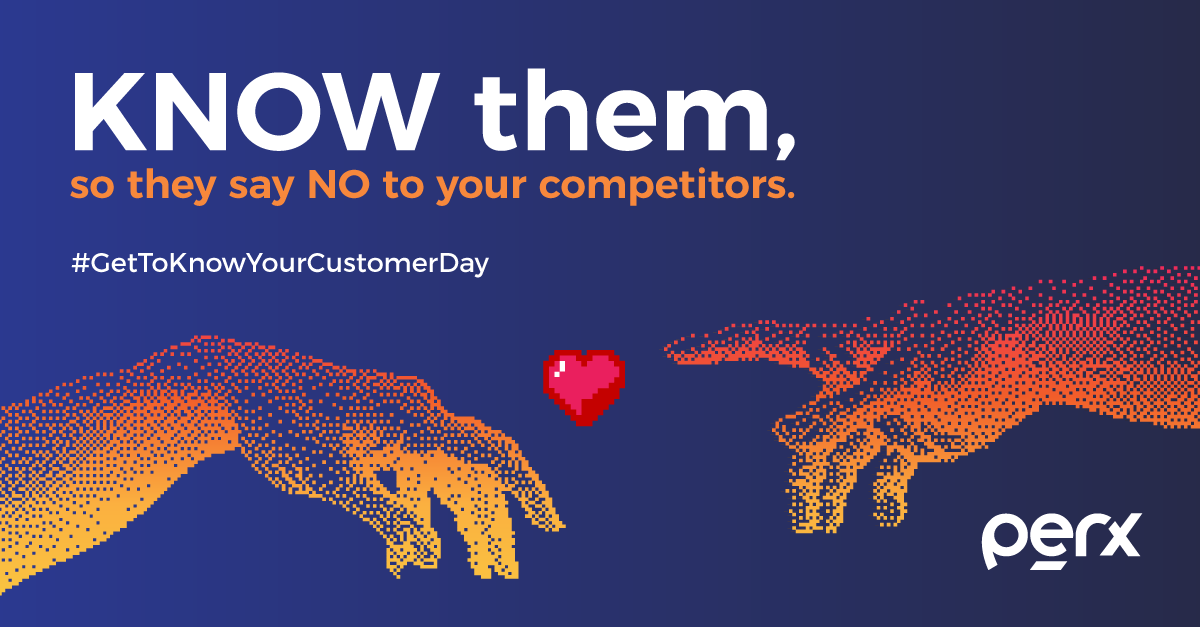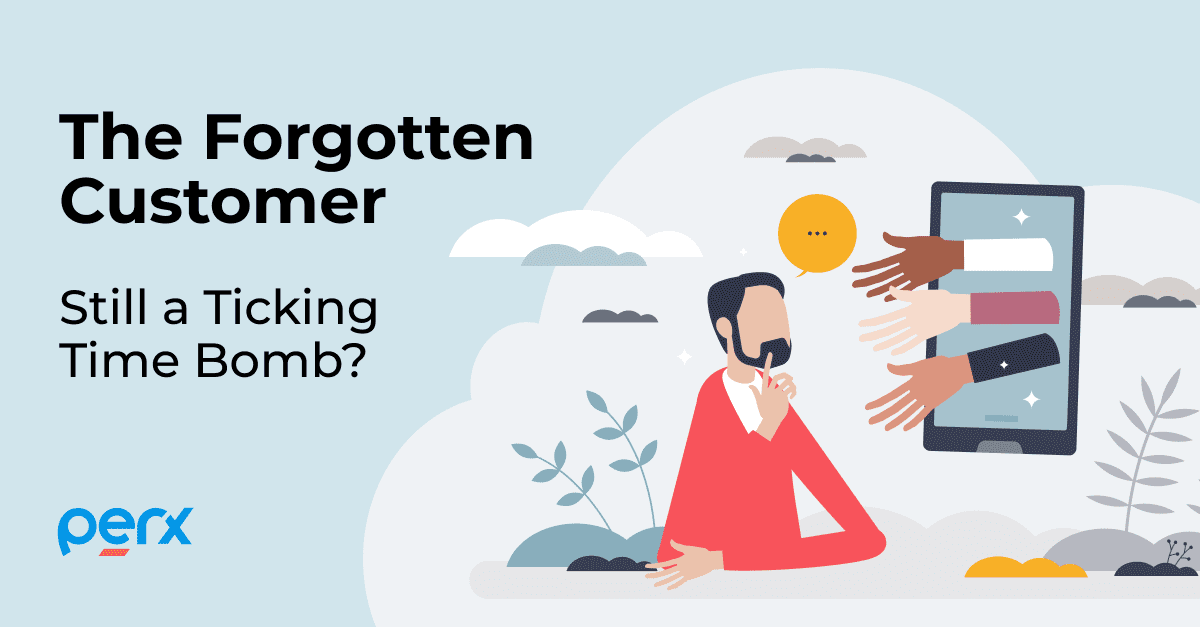When comparing conventional influencers to everyday social media users, according to recent research from Bazaarvoice, 56 percent of social media users choose to follow “everyday” social media users, such as friends, family, and peers.
It’s not about paying influencers to sell your product; it’s all about paying attention to your end customers so that they can sell your product for you without having to pay for it.
Covid has continually reshaped consumer behavior. There is no longer any distinction between online and offline transactions. When all touchpoints and experiences are interconnected, the best results are achieved. Customers want everything, and brands must provide it. Shopping is expected to be quick and efficient. Experiences are expected to be rich and immersive. Payments are expected to be intuitive and straightforward.
That’s not all, though. What brands used to believe people wanted is no longer what customers wanted. More than 1,000 U.S. consumers polled by First Insight and Wharton’s Baker Retailing Center indicated that 68 percent were willing to pay more for sustainable products. What’s more surprising is that 94 percent of retailers believed customers preferred brand names to sustainability!
Want repeat business? Don’t repeat your mistakes.
Is your solution a problem?
If your solution is intended to solve a specific problem but fails to do so, the customer will no longer buy from you. However, even if your product does not meet their needs, if they continue to use it, it is just until they find a better alternative.
Your support sucks?
Poor service will drive 96 percent of your customers away.
God help you if you have a lousy product and poor support customer service!
However, if your product is subpar but your customer service is excellent, you have a chance to retain the customer and enhance your product.
But if your service is terrible and your product is awful, your consumers will not put up with such nonsense. https://www.destinationcrm.com/Articles/CRM-News/CRM-Featured-Articles/72-Percent-of-Consumers-Will-Switch-Brands-After-One-Bad-Experience-Study-Finds-135838.aspx” target=”_blank” rel=”noopener noreferrer”>Eighty-six percent of consumers will tell others about a horrible experience they had with a product.
If you want to be top-of-mind, don’t put your customers at the bottom.
Sell a relationship, not a product.
The most important indicators for assessing new-age organizations are customer lifetime value and customer acquisition costs.
According to a Bain & Company research, 60-80 percent of satisfied consumers do not return to conduct further business with the company that first satisfied them.
Having a solid relationship with your customers is a great way to build brand equity. This is a substantial part of brand equity, but it is also the hardest to achieve and sustain. As a result of their emotional attachment to your brand, customers are more likely to buy from you again in the future. As a result, they may serve as brand ambassadors by participating in social media discussions on social media and brand community forums.
To be in touch, increase touchpoints.
Robert Zajonc, a social psychologist, came up with the Mere Exposure effect in the 1960s. It says that when people are used to something, they like it more. And if they have two choices, they’ll choose the one they’ve been exposed to the most, even if it’s not as good as the other one.
Designing a customer experience that promotes sales, retention, and referrals requires a thorough understanding of brand touchpoints.
Know your customers before they want you to stop knowing about them.
Build trust; don’t ask them to adjust.
Ninety percent of Americans consider customer service when selecting whether or not to do business with a company. Eighty-nine percent of customers say they are more inclined to make another purchase after having a good customer service experience.
Additionally, note that 70% of shoppers base their purchasing choices on brand trust.
Customers find you reputable and want to do business with you when they trust your company. Customers will be more vocal, loyal, and engaged due to this. This sets the tone for your company, and as consumers advocate for you, you’ll be able to attract additional customers who are willing to invest in your product.
Zero-party data – the real hero.
Understanding and experiencing your current customer’s journey firsthand is the first step towards changing consumer behavior.
Brands may acquire zero-party data – information that a consumer voluntarily provides a brand, such as purchase history, product preferences, size, and other relevant features – and then use that information to deliver tailored content such as product suggestions and special offers.
Perx was used by a top telecommunications company, to improve customer engagement. With Perx’s dynamic interactions, the telecom company achieved a 99 percent engagement rate in just 100 days after being live.
After slicing and dicing customers into the company’s audience personas, Perx began by investigating actions that customers had previously undertaken but went unreported. Next, we identified appropriate rewards based on customer data to incentivize these customers to repeat these actions. Then, using unique engagement mechanics, Perx merged several of these activities. Finally, on the Perx platform, all of this was wrapped in a gamified in-app experience layer that users interacted with.

Your most significant influencer is your customer. However, unlike endorsers and influencers, you cannot pay your way with the consumer. Instead, you must establish a connection with your consumer and get to know them. Take one step forward, and they will take two steps towards you.









